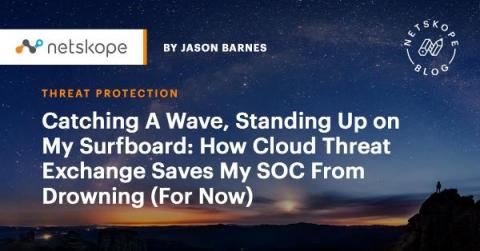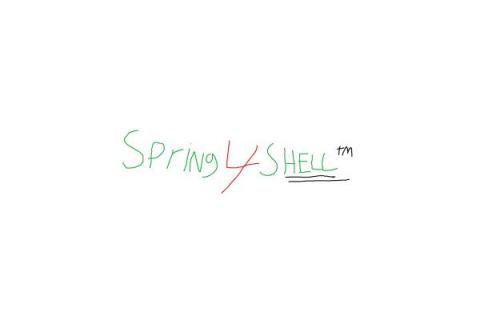Security | Threat Detection | Cyberattacks | DevSecOps | Compliance
Latest News
Common mistakes in cyber incident response planning
Spring4Shell Zero-Day Vulnerability: Information and Remediation for CVE-2022-22965
Overview The internet is abuzz with the disclosure of CVE-2022-22965, an RCE vulnerability in Spring, one of the most popular open-source frameworks for Java applications in use today. Known as “Spring4Shell” or “SpringShell”, the zero-day vulnerability has triggered widespread concern about the possibility of a wave of malicious attacks targeting vulnerable applications. Is this Log4j 2.0?
Trustwave's Action Response: CVE-2022-22965 and CVE-2022-22963
Trustwave security and engineering teams are actively investigating the vulnerabilities CVE-2022-22965 (also referenced by other vendors at Spring4Shell / SpringShell) and CVE-2022-22963 and potential exploits. We are diligently watching over our clients for exposure and associated attacks and are taking action with approved mitigation efforts. At this time, Trustwave infrastructure and products have not been adversely affected by the vulnerability / exploits.
BYOD in the workforce: MDM and MAM with Microsoft Intune
Catching A Wave, Standing Up on My Surfboard: How Cloud Threat Exchange Saves My SOC From Drowning (For Now)
We have built a Security Operations Center at Netskope in short order. Facing the vast expanse of the Security Operations ocean, I grabbed my board with my team and focused on doing a few things really well. We documented workflows, expanded our visibility, and tuned monitoring systems. We paddled out from shore, braving the shark-infested waters of the threat landscape.
CIS Critical Security Controls: Unpacking the Significant Changes in the Latest Version
Detecting Spring4Shell 0-day Vulnerability Using Devo (updated 4/7/22)
Editor’s note: Latest update, April 6, 2022, 7:30 p.m. U.S. EDT — This post now includes an example query to aid SOC teams in generating alerts for their specific WAF data sources. See the section “Create New Web Application Firewall (WAF) Rules” for details. A critical zero-day vulnerability in Java’s popular Spring Core Framework is being actively targeted, according to multiple reports submitted to Bleeping Computer.
Critical Vulnerability in Spring Core: CVE-2022-22965 a.k.a. Spring4Shell
After the Spring cloud vulnerability reported yesterday, a new vulnerability called Spring4shell CVE-2022-22965 was reported this time on the very popular Java framework Spring Core on JDK9+. The vulnerability is always a remote code execution (RCE) which would permit attackers to execute arbitrary code on the machine and compromise the entire host.
Spring Framework Remote Code Execution (CVE-2022-22965)
Details of a zero-day vulnerability in Spring Framework were leaked on March 29, 2022 but promptly taken down by the original source. Although much of the initial speculation about the nature of the vulnerability was incorrect, we now know that the vulnerability has the potential to be quite serious depending on your organization’s use of Spring Framework. There is also a dedicated CVE 2022-22965 assigned to this vulnerability. We will keep this blog updated as new information comes up.











